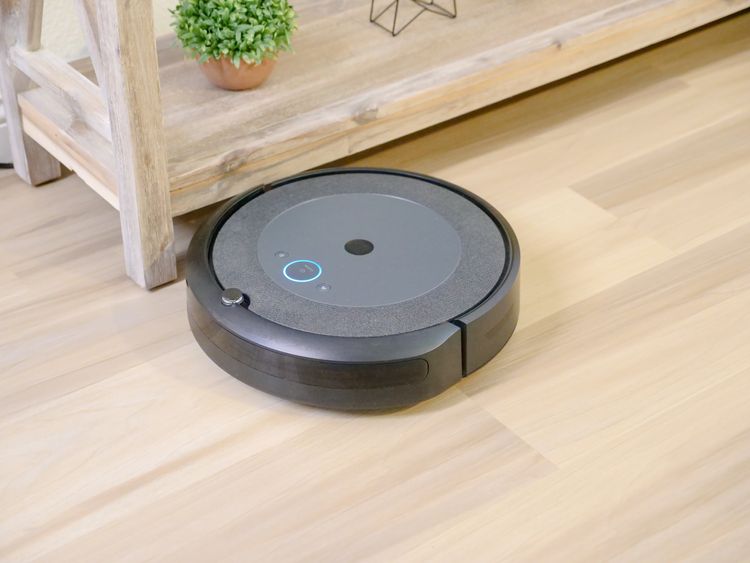Issue 42 Blue Crab Edition - Rethink How You Carry Babies and How You Talk About Shoes
This week, we’re asking you to rethink what you know about shoe prescription (because it’s not backed by evidence) and dropping in our first ever article on baby-carrying because that’s an important thing. Also this week, did you know there’s such a thing as the Rhode Island Fisher Cat? It’s a smaller relative of the wolverine found in the woods of New England. PHD student Laken Ganoe is trying to count them so we know how humans are affecting their habitat and how many of those fuzzy faces are still out there. She has a Fisher Friday feature where she posts a new photo of those fuzz-faces every week. Why does this matter? It doesn’t, I just thought you’d like to know that New England has a wolverine cousin, cuz I didn’t.
And now, on with the issue.
How Babies Affect Posture
The Gist - Babies make their first appearance in PT Crab today as we talk about how baby-wearing and baby-carrying affect mothers’ posture. Researchers popped moms with mannequins on force plates, comparing their posture and weight-shifting when holding a baby on their hips versus using a “baby-wearing” device, a cloth infant carrier that holds the baby in the center of their chest, hands free. Since LBP is reported 85-94% of the time in second pregnancies (and 45-72% in firsts), researchers wanted to know if a baby-wearer would have improved posture over a baby-holder. After 15 minutes of quiet standing, we found that baby-wearers had more symmetrical stances and decreased medial-lateral postural sway, indicating that stabilizing was easier and less taxing with the baby-wearing device.
Tell Me More - This isn’t ground-breaking stuff, but it is important as we dig farther into this field of research. In addition to the above, researchers found that the baby-wearing device allowed carriers to shift weight more often while standing, possibly balancing the load more effectively. Researchers also found that women who previously had not had back pain demonstrated greater weight shift frequency in quiet standing, indicating that this could have a protective effect, though we’re not sure.
Overall, this was a very small study (10 women) that lacks statistical power. It’s more illustrative at this point. Baby-wearing should be pushed as an option to modify pain parameters from carrying a baby all day, but we’re not yet sure how big of a difference it makes.
Lemme see that paper. Sure thing! Here’s where you find it.
Can the “Appropriate” Shoes Prevent Injury? We Don’t Know.
The Gist - You know how you’re supposed to change your shoes at a certain rate to avoid injury? We don’t have evidence for that. Or how heavier people need shoes with more cushion to prevent injury? Yeah, we don’t have evidence for that either. We don’t really have evidence for much in the footwear world, as it turns out. These researchers did a fantastic narrative review going through the most common footwear advice and attempting to find research evidence for it. It was sorely lacking. What they did find was that some motion control (as provided in standard model running shoes) can prevent running injury in runners with highly pronated feet. And low-drop footwear is safer to recommend to occasional or inexperienced runners than your marathoners (since adapting to the footwear is a challenge), but that’s pretty much all we know for sure. Ouch.
Tell Me More - Here’s the full list of what they went through and the strength of evidence for its ability to reduce injury:
- Shoe-prescription based on foot morphology: No evidence of injury reduction from a meta-analysis of 7203 military recruits.
- Increased shock absorption: Limited evidence in 1 of 3 profiled studies with over 2000 participants.
- Foot posture matching shoe type: Good evidence that runners with pronated feet should use motion-control shoes in one study.
- Limited heel-to-toe drop: Safe for inexperienced runners, present injury risk for runners switching into them from standard, high-drop shoes, limited research.
- Replacing running shoes every 4 - 6 months: no evidence, very limited research.
- Expensive running shoes: higher injury risk for more expensive shoes (though it’s probably not the shoe’s fault, rather the runner type who buys them), no risk reduction for more expensive shoes when experience is controlled for in a study of 4000 recreational runners.
- Minimalist shoes: Slightly increased per-mile injury risk in the one study that has been done. Unknown if this risk was solely due to switching from standard shoes.
Look, we don’t know much about shoe prescription. I’m sorry. Do some research here and let’s learn more together.
I wanna see this one too. I highly recommend it. It’s well-written, open access, and available here.
That’s our week! If you know of any other animals that I should know about, send me an email! I love to learn new things, especially about the natural world.
Cheers!
Luke






Comments
Want to leave a comment and discuss this with your fellow PTs? Join PT Crab and get summarized PT research in your inbox, every week.